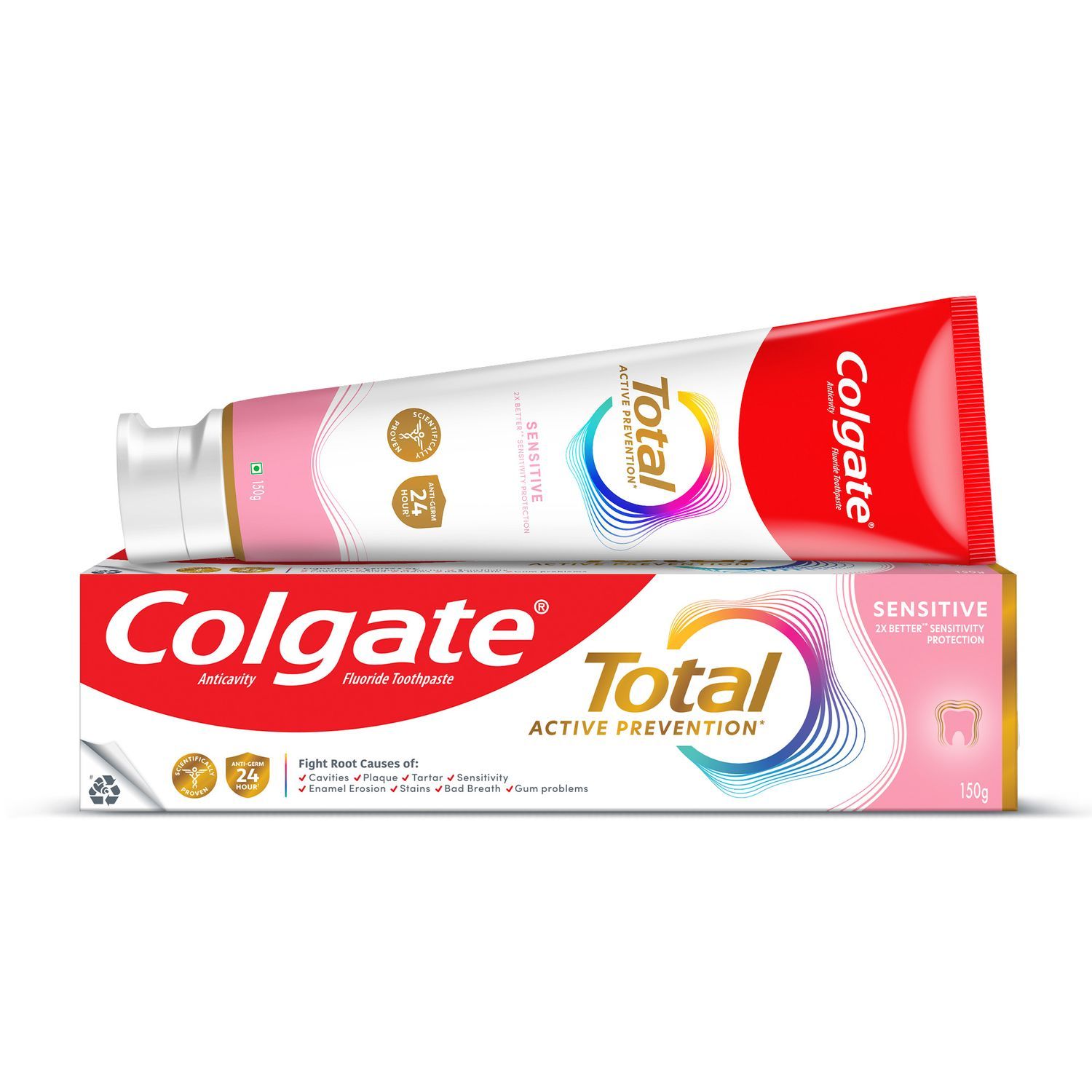What Is a Cleft Lip?
A cleft lip is a split or separation that occurs between the fourth and seventh week of pregnancy, wherein the developing tissues of the baby's lip don't join completely. A cleft can occur on one side of the lip, both and occasionally in the middle. In more severe cases, the opening of the lip can expand into the nose. Some infants with a cleft lip also have openings in their palates, but a cleft lip can occur without this additional defect.
Although cleft lips are always noticeable at birth, it can be seen in an ultrasound while in the womb as well. Whenever a cleft is diagnosed, however, doctors immediately coordinate the baby's care with a team of medical and dental professionals who specialize in treating this type of birth defect. One or two surgeries may be needed to repair a child's cleft lip, and these are usually done before the child's first birthday.
Common Causes
The cause is often unknown, but as per an article by The Hindu, "a number of contributing factors have been identified: a genetic predisposition as well as environmental factors such as drug and alcohol use, smoking, maternal illness, infections and lack of vitamin B and folic acid. A woman is at a higher risk for having a baby with a cleft if she is a teenager or over 35 years old and is exposed to teratogens, which include medications, chemicals, infectious diseases and environmental agents that can disrupt the normal development of a foetus."
Women who smoke or drink alcohol, for example, may be more likely to give birth to a baby with a cleft than those who don't do either when expecting. Taking anticonvulsant medications to treat epilepsy during the first three months of a pregnancy can similarly increase the baby's risk of clefting. Medications used to treat acne, cancer, arthritis and psoriasis are also associated with this defect when taken in the early months of a pregnancy.
According to Babycenter, "There is no national register of birth defects such as these, and there are very few population-based studies to work out how common these conditions are in India. Combined data from multiple studies suggests that the rate of all orofacial clefts, which means either a cleft lip or a cleft palate, is one in 770 births in India." There is evidence that cleft lip and/or palates are more common in the west of India, and rarer in the east of India. Differences between diet and cultural practices could be the reason behind this.
Growing Up with a Cleft
Babies born with cleft lips face a variety of challenges. Depending on the severity of the cleft, they may primarily have eating difficulties. Luckily, baby bottles with special nipples are available that make the feeding process easier. A child with a cleft lip may have difficulty speaking as well, but most speech problems are resolved through surgery or basic speech therapy.
It is common for children with clefts to have extra, missing or malformed teeth, and they frequently have more cavities than other children. Because of this potential, as well as the need for braces to align adult teeth, kids should be closely monitored by their dentist and an orthodontist. Parents should make sure their child is brushing twice daily with fluoride toothpaste. And as usual, flossing should be done daily to help prevent cavities from setting in between two adjacent teeth.
At the end of the day, is cleft lip genetic? Yes, risk of cleft lip can be passed down through you or your spouse's genes and presdispose your child. But if you are thinking about having a baby, be sure to discuss your concerns and any environmental risks that could affect him or her with your doctor. Starting a pregnancy with the right information and precautions avoids putting your baby at risk, and ensures your baby's proper development and health for a lifetime.
This article is intended to promote understanding of and knowledge about general oral health topics. It is not intended to be a substitute for professional advice, diagnosis or treatment. Always seek the advice of your dentist or other qualified healthcare provider with any questions you may have regarding a medical condition or treatment.
ORAL HEALTH QUIZ
What's behind your smile?
Take our Oral Health assessment to get the most from your oral care routine
ORAL HEALTH QUIZ
What's behind your smile?
Take our Oral Health assessment to get the most from your oral care routine













